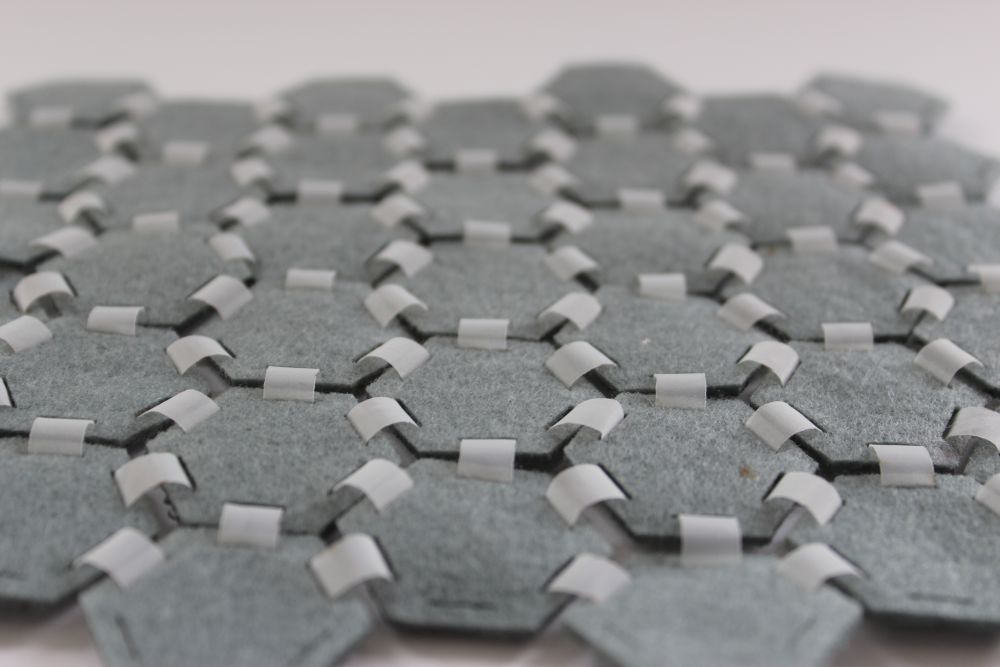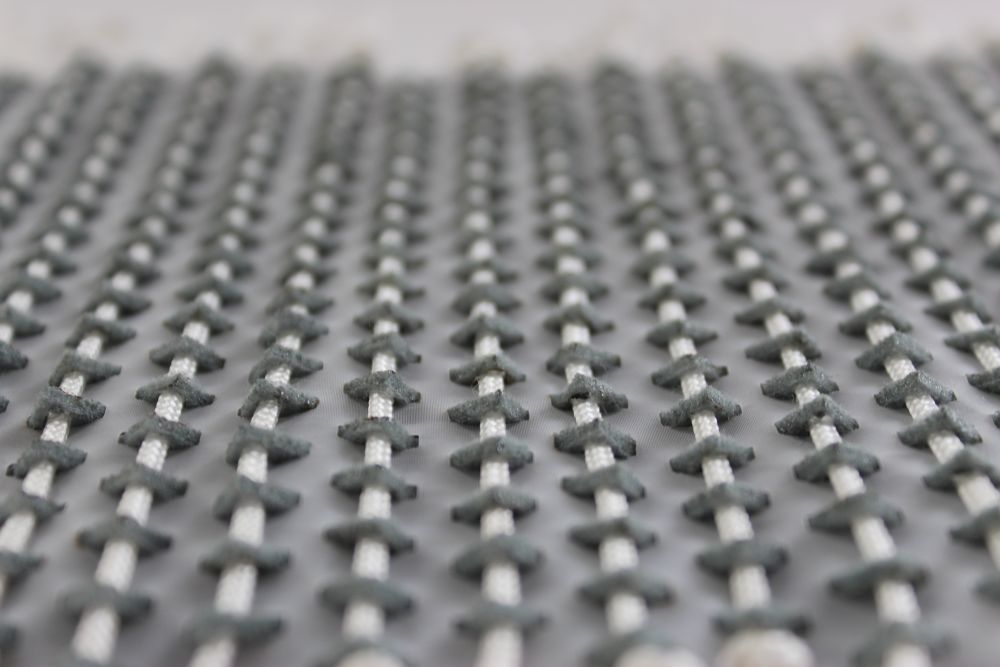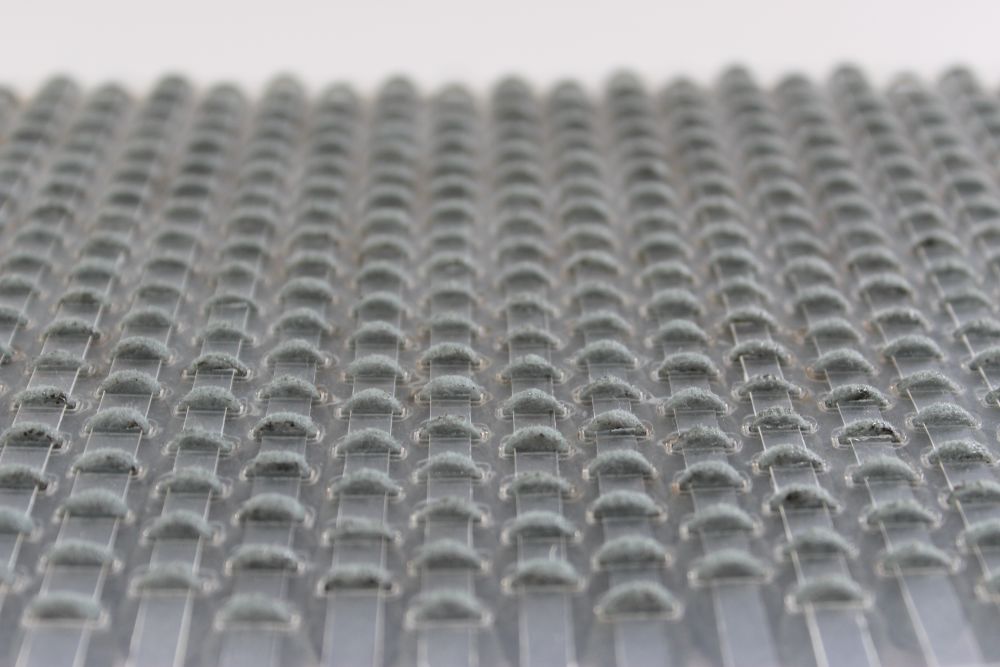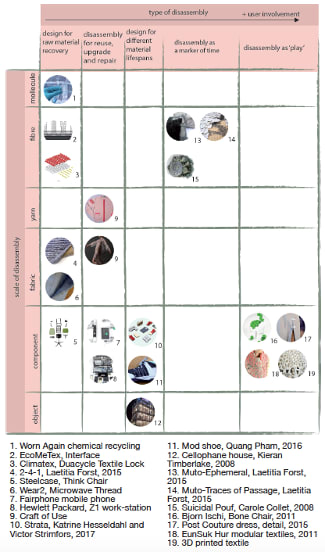
My PhD in Circular textile design from the Centre for Circular Design

- Written byPost-Grad Community
- Published date 15 June 2021

Written by Dr Laetitia Forst, PhD graduate - Centre for Circular Design, Chelsea College of Arts 2020.
I finished my PhD in Circular textile design from the UAL Centre for Circular Design at Chelsea College of Arts in December 2020. Circular Economy Week which will be taking place in London 14th to 18th June 2021, seems like a great opportunity to reflect back on this work.
I started my PhD research in 2016, I was fascinated by the issue posed by what is called “Monstrous Hybrids” and how this could become a creative challenge for designers. A Monstrous Hybrid is a product or material which is made from different resources which in theory can be recycled together. But by being combined they become impossible to recover efficiently so that they can be made into something new at the end of their useful life. An example of this in textiles made from a blend of cotton and polyester which are recyclable individually but very difficult to process when mixed.
Textile designer like me are always assembling different materials to create new patterns, textures and effects in materials, this is one of the essential parts of making beautiful textiles. Some designers and researchers like Dr. Kate Goldsworthy have explored ways of making materials that can have finishing and decoration effects bit are still only made from one material. I wanted to explore an alternative to this approach and see how we could make materials that combine contrasted textures and colours but still can be separated at the end of life.
Design for Disassembly (DfD) is quite well understood as part of product design or architecture. It often responds to regulation on extended producer responsibility (EPR) which has encouraged manufacturers, especially in the sector of electronics where a lot of rare and toxic materials are used, to think about minimising and recovering the waste from their products. I wanted to use textile materials with the same consideration as when we include gold and cadmium in our phones, and make sure that every part can be recovered without contamination.
A review of DfD across multiple fields of design highlighted some key characteristics of the strategy that would inform the translation to the field of textiles. This classification of DfD based on the purpose and the scale of the disassembly was a key contribution to knowledge of the research as well as one of the outcomes of the literature and practice review.

Taking the DfD strategies into textile techniques, I experimented in the studio with different weaving, laser cutting and felting methods to create materials that brought together two resources that could then be taken apart. This hands on experimentation produced a collection of over 40 samples that represent a repertoire of techniques for Textile Design for Disassembly (TDfD).
Examples of samples from the collection of TDfD techniques:

Examples of disassembly processes for TDfD samples:

The materials were aiming to replace some of the types of textiles that had been identified s issues for recycling in my initial review. Stretchy fabrics with elastane in them and coated materials and both challenges for the recycling industry as current machines can’t deal with them. The samples produced to mimic some lamination or elasticity characteristics use different techniques to externalise that function so that it can then be removed at end of life for recycling. This leads to new aesthetic effects, highlighting how the constraints of designing for circularity can in fact become a creative trigger.



One of the techniques from the repertoire of samples was then selected to become part of a product prototype. The aim was to demonstrate how TDfD could be applied in fashion systems to close the loop on waste in this sector. The Service Shirt project was the opportunity to collaborate with Prof. Becky Earley on her concept developed as part of the Mistra Future Fashion project. The Service Shirt was a proposition for a 50-year lifecycle for a garment that circles through multiple remanufacturing and lending phases, including its transformation into a jacket using TDfD techniques and its later transformation into jewellery enabled by the ease of disassembly.

The same technique was then adapted to a second prototype which assembles a biodegradable leather with a recycled polyester lining to create a bomber-style jacket. This jacket demonstrates how TDfD can contribute to creating complex products in ways that still allow their different components to be taken apart for upgrade or recyclability.
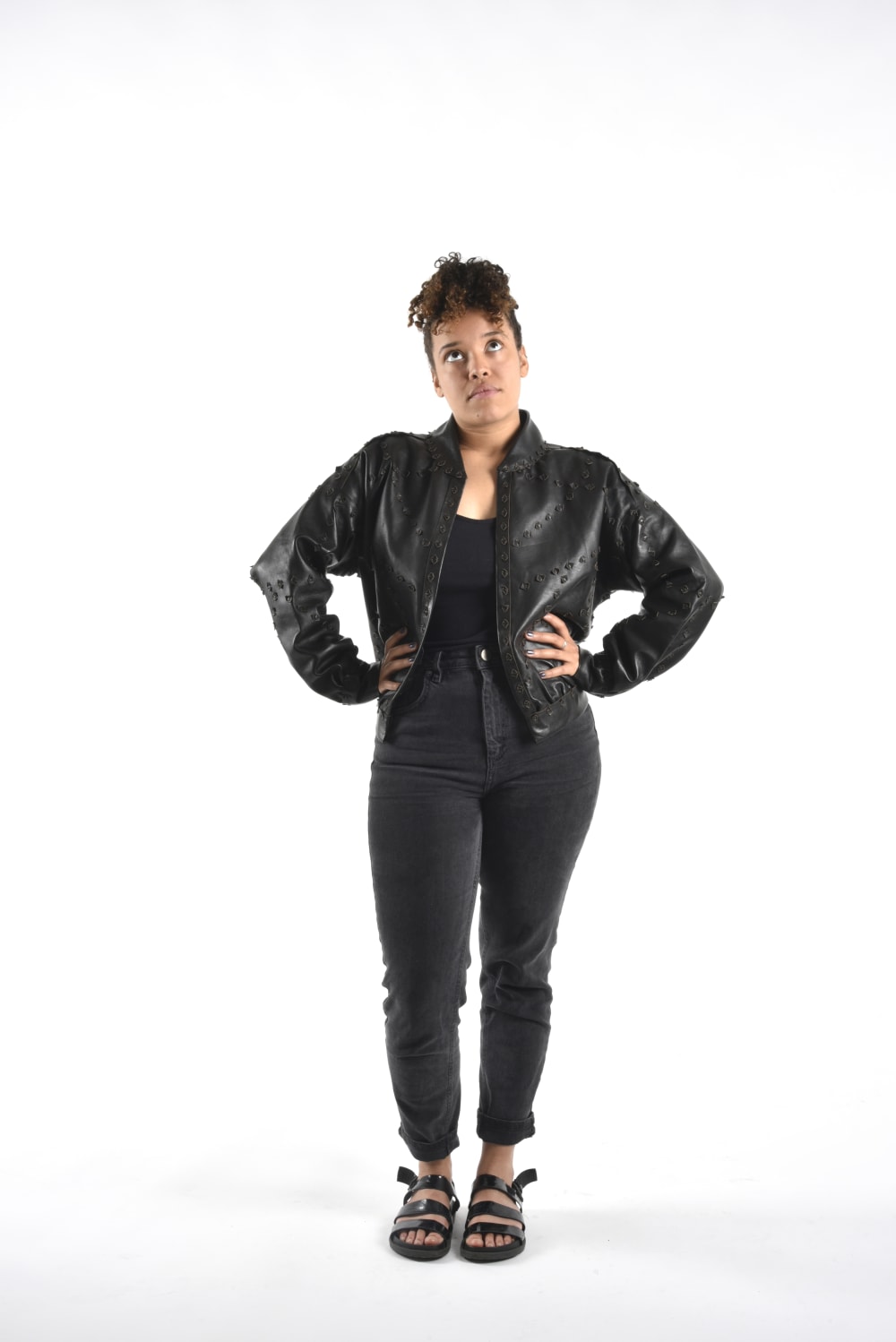

The PhD research was a fantastic journey during which I got to explore many aspects of design for circularity, developed exciting networks through the TABA and CDL platforms that I co-founded with Cathryn Hall, and ultimately, I learned to be a researcher. I now work at UAL as a postdoctoral researcher with two amazing research centres on very exciting projects: the BFTT partnership with the Centre for Sustainable Fashion and the HEREWEAR project with the Centre for Circular Design.
Related Links:
- Laetitia Forst Website
- Centre for Circular Design
- Centre for Sustainable Fashion
- Circular Economy Week
- Circular Design Lab - Post-Grad Interest Group
- There And Back Again: circular economies symposium series
Post-Grad Community at UAL
UAL is home to more than 2,400 postgraduate students working across the fields of art, design, screen, communication, fashion, media and performance. Within our six world-renowned colleges, we aim to form a creative network of artists, designers and innovators.
Post-Grad Community is an inclusive platform for UAL postgraduate students to share work, find opportunities and connect with other creatives within the University and beyond.
Post-Grad Community Ambassadors
Ambassadors assist with the platform's social media channels, help deliver and innovate sociable online events and act a point of contact for the Post-Grad Community across colleges and courses. FInd out more about the Ambassadors
Post-Grad Stories
A thriving online magazine of our postgraduate student voices sharing thought-provoking experiences, practices, thoughts and articles about what matters to them.
Download the PDF Guide to writing articles for Post-Grad Stories
Want to write an article? Get in touch with the Post-Grad Community team PGCommunity@arts.ac.u


